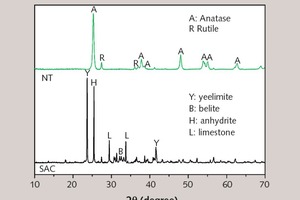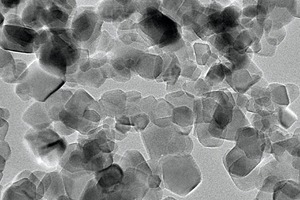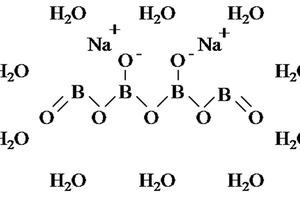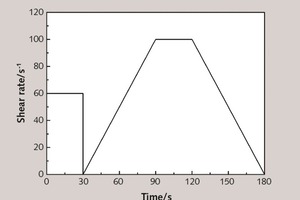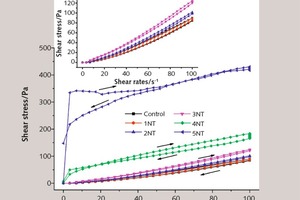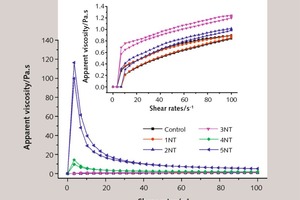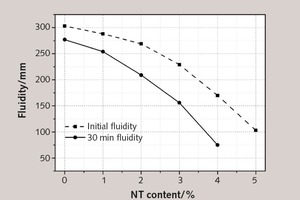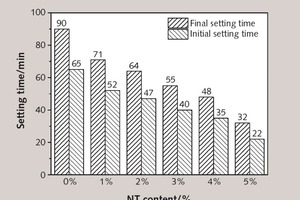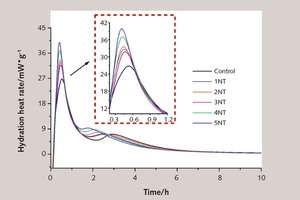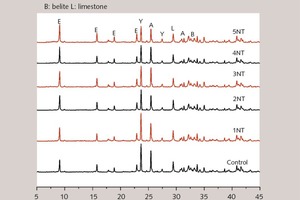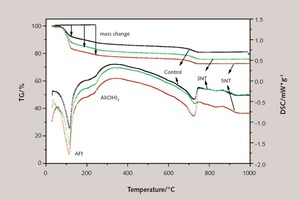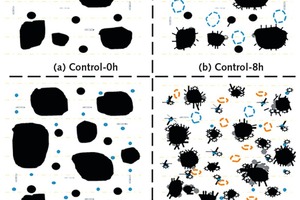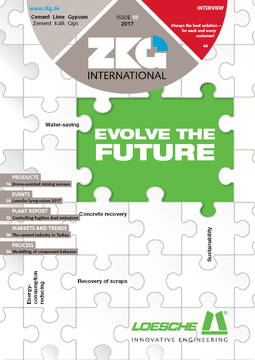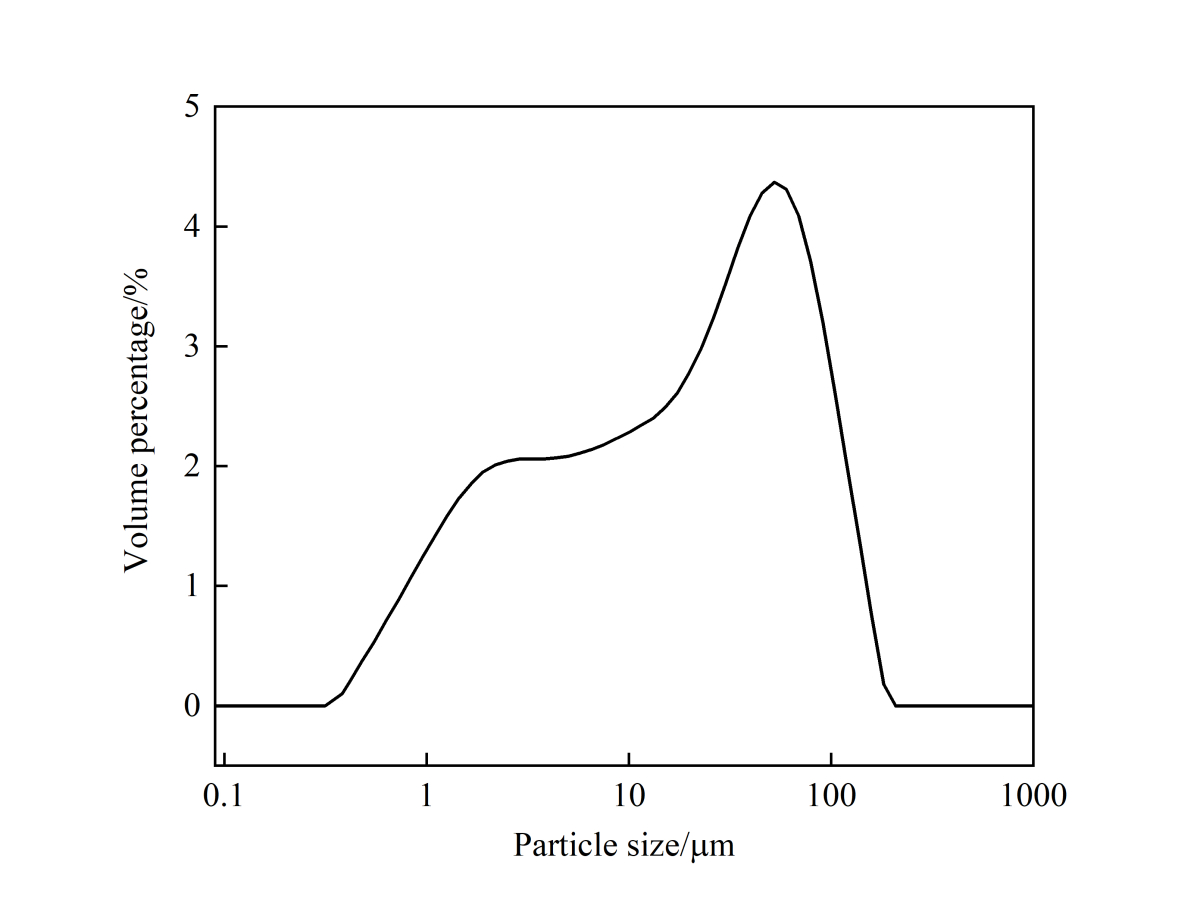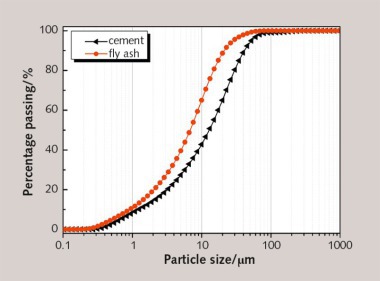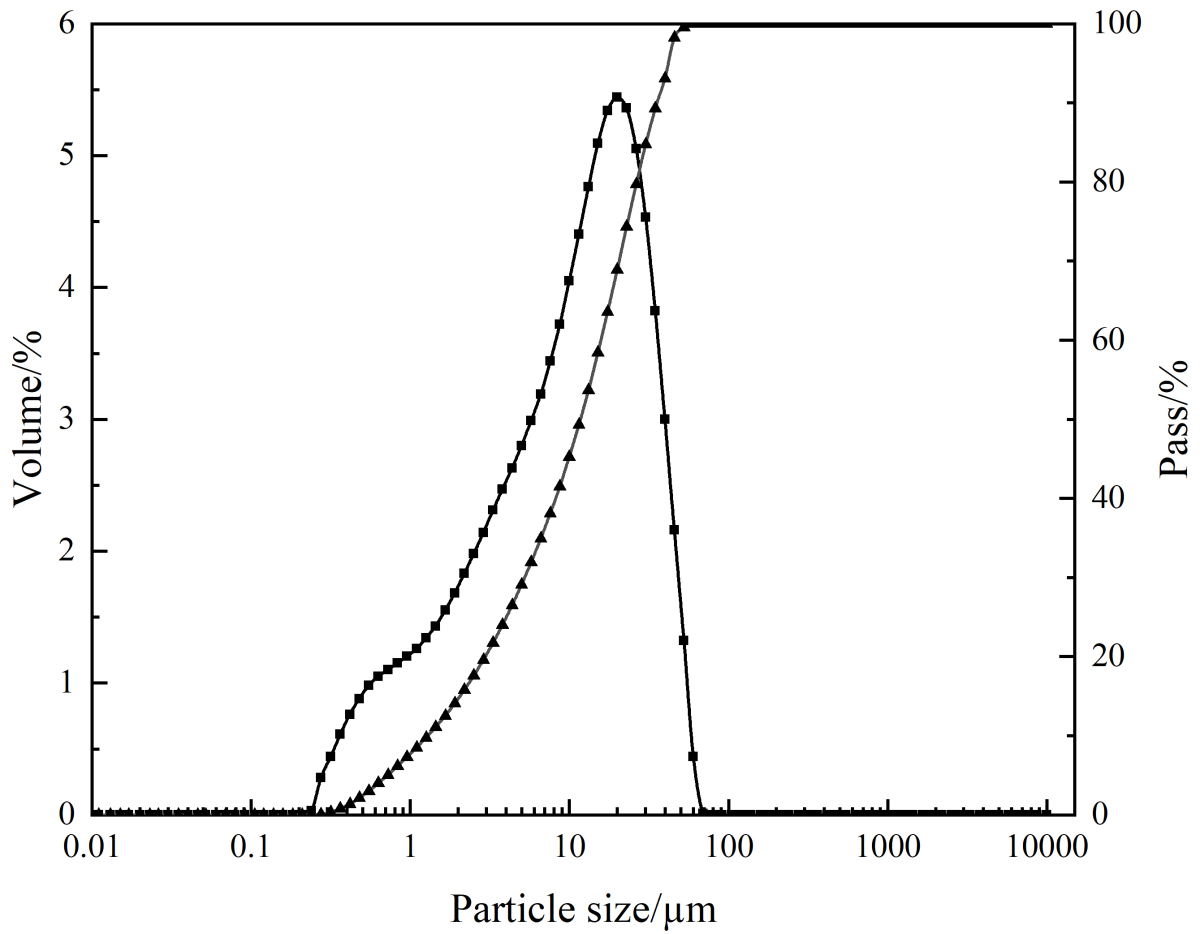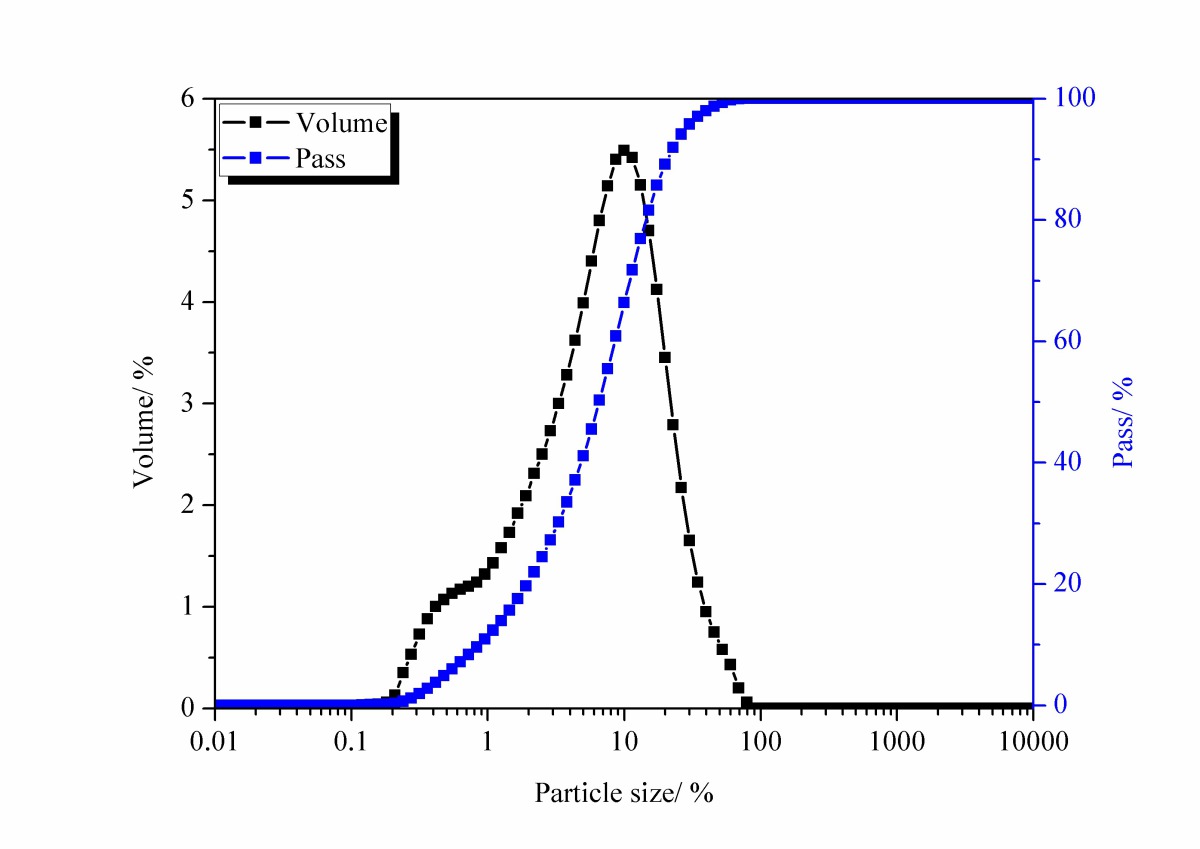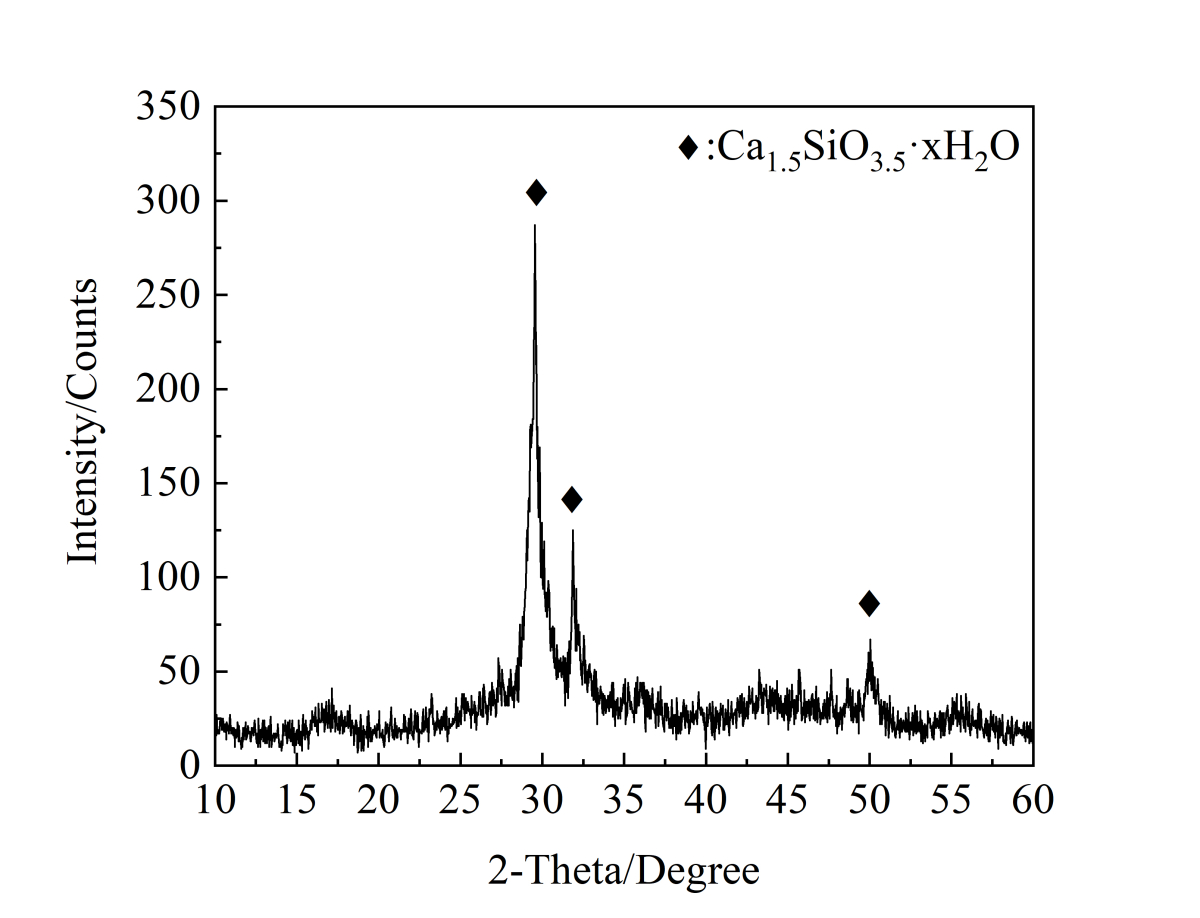Influence of nano-TiO2 on the rheological and fresh properties of sulphoaluminate cement-based materials
The influence of nano-TiO2 (NT) on the rheological parameters, fluidity, setting time and pore structure of sulphoaluminate cement (SAC) composites is studied and the influence mechanisms are investigated by hydration heat, X-ray diffraction (XRD) and differential scanning calorimetry-thermogravimetry (DSC-TG). Results show that the addition of NT increases the apparent viscosity, shear stress and apparent density of SAC paste while decreasing its fluidity, total pore volume, average pore size and porosity and shortening its setting time. In addition, incorporating NT promotes the early hydration of SAC and accelerates the formation and precipitation of hydration products. Then, the hydration geometric model is established and visually reveals the internal structure development process of NT-modified SAC paste.
1 Introduction
For the past few years, the application of nano-particles in the field of construction and building materials has been receiving more and more attention. When cementitious composites are modified by superfine particles, functional products or materials with different characteristics from traditional materials are gained [1-8]. Many studies have shown that the mechanical properties, working performance and durability of cement-based materials can be improved to a greater or lesser extent by adding nano-particles.
As a new type of function material, nano-TiO2 has a wide range of...

